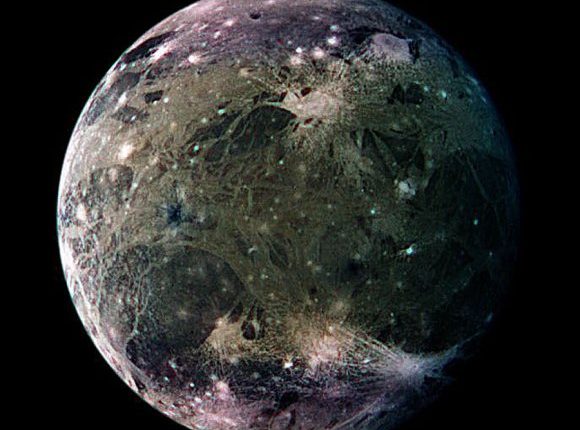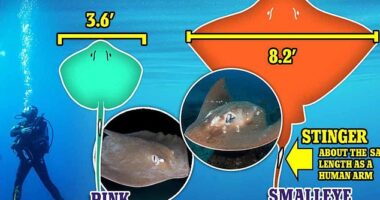MULTIPLE materials found on one of Jupiter’s moons named Ganymede by NASA’s Juno spacecraft may have led to a new discovery about it.
Scientists believe the presence of materials could mean there is hydrothermal activity occurring under Ganymede.
Ganymede is also the largest moon in the solar system at 3,270 miles wide.
It has an ocean underneath its icy crust.
The materials were discovered in June 2021 during a flyby that was analyzing Ganymede.
Juno uses a device called a Jovian InfraRed Auroral Mapper (JIRAM) spectrometer to study the chemistry and interactions between Jupiter and its moons.
At the time, it detected salts such as hydrated sodium chloride, ammonium chloride, sodium bicarbonate, and possibly even organic compounds known as aliphatic aldehydes on Ganymede.
NEW FINDINGS
New research suggest there could also be unknown processes that created the materials under the ocean.
“We found the greatest abundance of salts and organics in the dark and bright terrains at latitudes protected by the magnetic field,” Scott Bolton, Juno’s principal investigator from the Southwest Research Institute in San Antonio, per Live Science.
“This suggests we are seeing the remnants of a deep ocean brine that reached the surface of this frozen world.”
Most read in News Tech
A study published in the journal Nature Astronomy on October 30 found that the materials could be an indicator of alterations in Ganymede.
“Extensive water–rock interaction could achieve such a balance and would also be consistent with the presence of sodium salts as an independent indicator of aqueous alteration inside Ganymede,” the study said.
Now, they can look further into what would create these materials on a moon which may be a completely new understanding of life in space.
“Because Ganymede has a substantially thicker crust than Europa, exchanges between its deeper interior and surface may not be responsible for its surface composition,” the study added.
“And thus may reflect exchange between the shallow crust and surface, or exogenous deposition.”
This post first appeared on Thesun.co.uk











